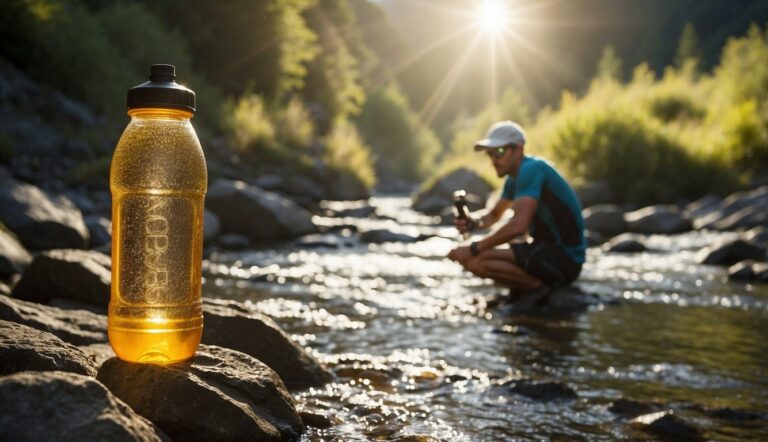Hydration Vests vs. Handhelds for Trail Running: Choosing the Best Hydration System
As an experienced trail runner and a UESCA certified running coach, I’ve found hydration to be a crucial element of long-distance running. Choosing between a hydration vest and handheld bottles is often a dilemma for many of my fellow trail runners. The right choice depends on the distance you’re running, personal comfort, and how much you need to carry. While vests offer larger capacity and hands-free hydration, handhelds can be simpler and more accessible for shorter distances.
Hydration vests have become popular for their capacity to carry water and additional essentials without compromising balance and form. These vests are designed to fit snugly against the body, minimizing bounce and allowing trail runners to carry more water via flasks or bladders. Meanwhile, handhelds are a go-to for runners who prefer lighter gear, offering the convenience of a quick sip without the need to stop.
I’ve guided many runners through their hydration options, highlighting that vests might be better for longer, unsupported trail runs where water sources are scarce. Handhelds, on the other hand, could be sufficient for shorter trails or races with frequent aid stations. The key is to train with your selected hydration system to ensure it meets your individual needs on race day.
Common Hydration Systems for Trail Running
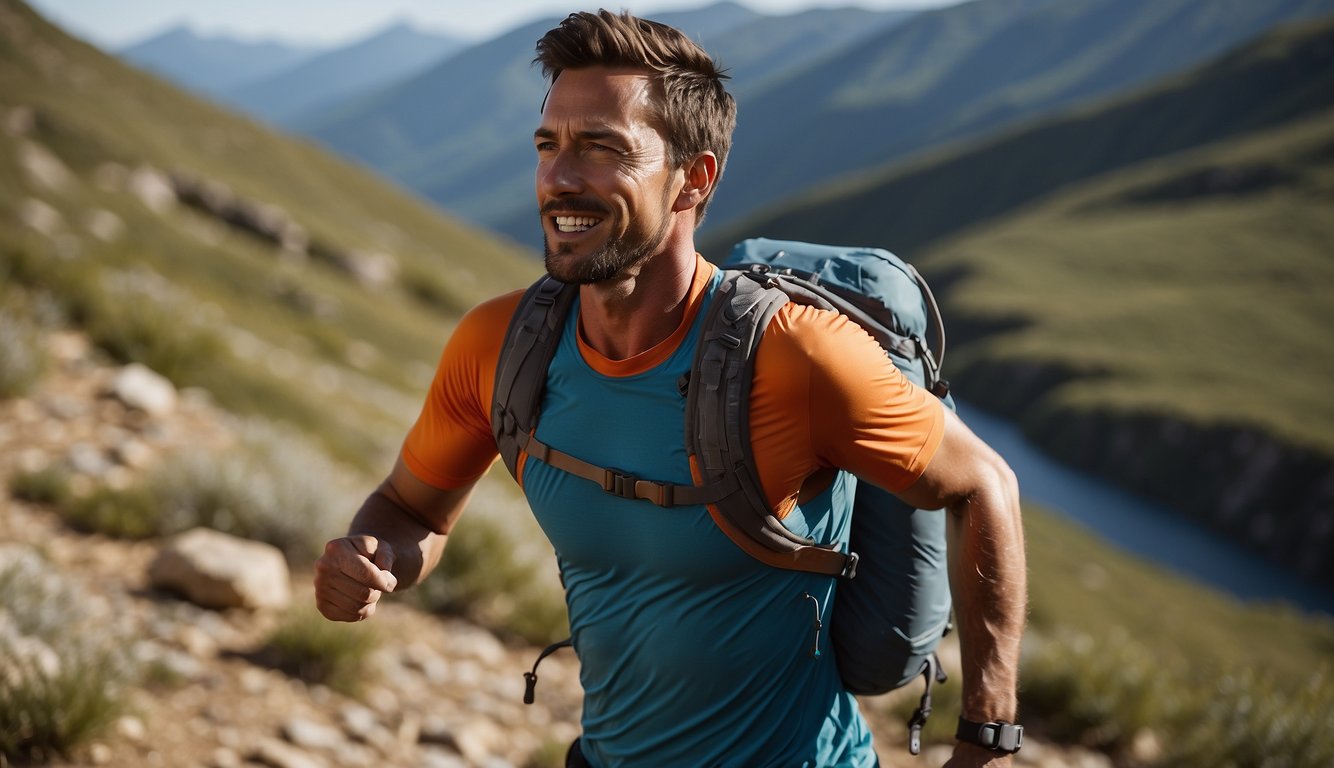
When out on the trails, maintaining hydration is critical. Choosing the right system—be it a hydration vest or handheld water bottle—depends on individual preference, distance, and the specifics of the run.
Hydration Vests
Hydration vests are akin to backpacks designed specifically for running. I find them ideal for long, unsupported trails due to their larger water capacity. They commonly come equipped with hydration reservoirs—bladders that can hold water from about 1.5 to 3 liters—allowing for hours of running without the need to refill.
- Pros: High water capacity; stable; distributes weight evenly; extra storage for food, gear, clothing.
- Cons: More expensive; potentially hotter; requires cleaning.
Here’s a quick comparison of popular vests:
| Vest Model | Water Capacity | Storage Capacity | Price Range |
|---|---|---|---|
| Black Diamond Distance 22 | Flasks or up to a 2L bladder | 22L | $200 |
| Ultimate Direction Mountain Vest 5.0 | Up to 3L bladder + bottles | Multiple sizes | Varies |
| Salomon Sense Pro 10 | 1L bladder + flasks | 10L | Varies |
Handheld Water Bottles
Handheld water bottles, on the other hand, are simple and intuitive. I often recommend them for short to medium trails where a full vest might be overkill. They are small bottles or flasks that typically hold between 250ml to 750ml of water or sports drinks and are designed to fit comfortably in one’s hand.
- Pros: Light; less expensive; easy to refill; quick access to drink.
- Cons: Lower water capacity; can affect running form; may be tiresome to carry.
In summary, each hydration system has its pros and cons, and what works best can often come down to personal preference and the demands of the trail ahead.
Assessing the Fit and Comfort
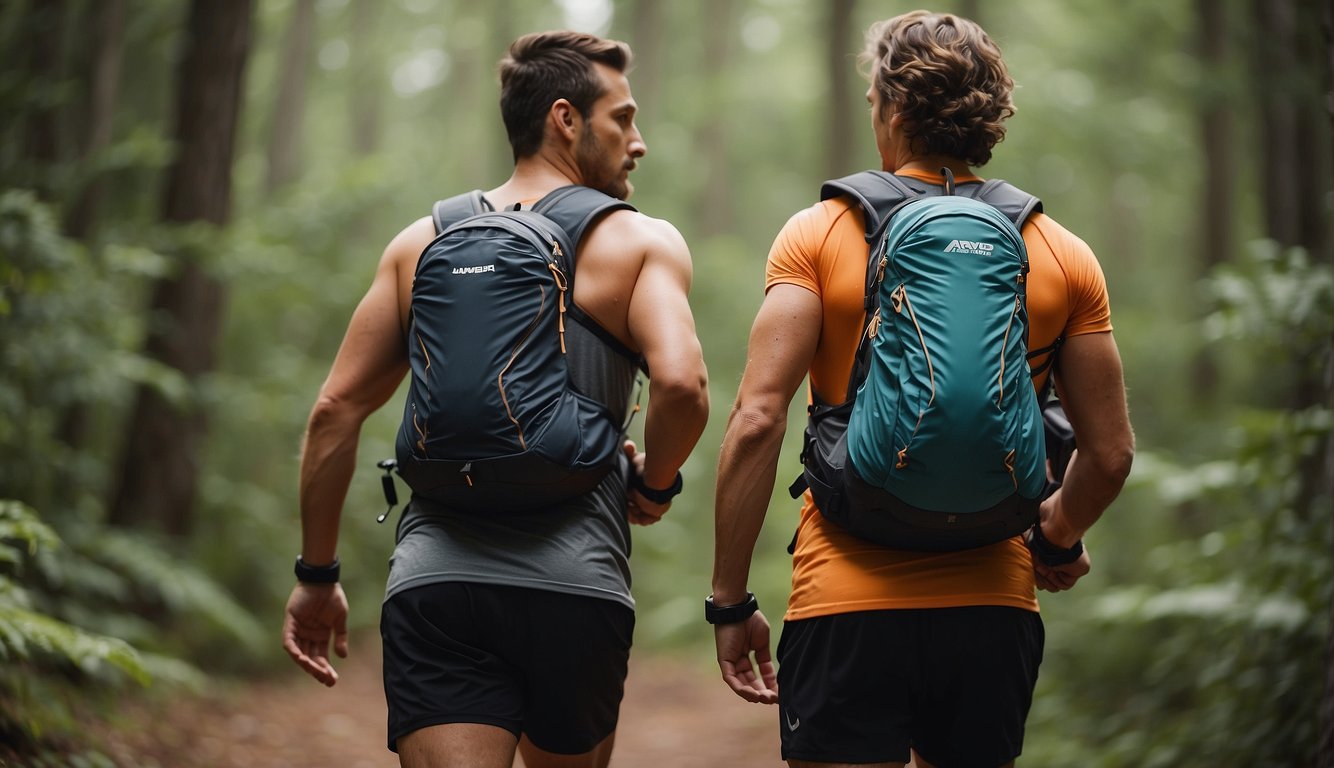
When selecting a hydration vest for trail running, it’s crucial to prioritize fit and comfort to avoid chafing and enable efficient movement. Here’s my advice on important fitment aspects you should consider.
Sizing and Adjustable Fit
It’s imperative to choose a hydration vest that matches your torso size and has adjustable straps to achieve a snug, bounce-free fit. Vests typically come in sizes ranging from XS to XXL and should be selected based on your chest measurement. Adjustable chest and side straps provide a customized fit that accommodates movement without restriction.
Chest Size (in inches)
- XS: 30-32
- S: 33-35
- M: 36-38
- L: 39-41
- XL: 42-44
- XXL: 45-47
Key Adjustment Points:
- Shoulder straps
- Chest straps
- Side Lateral straps
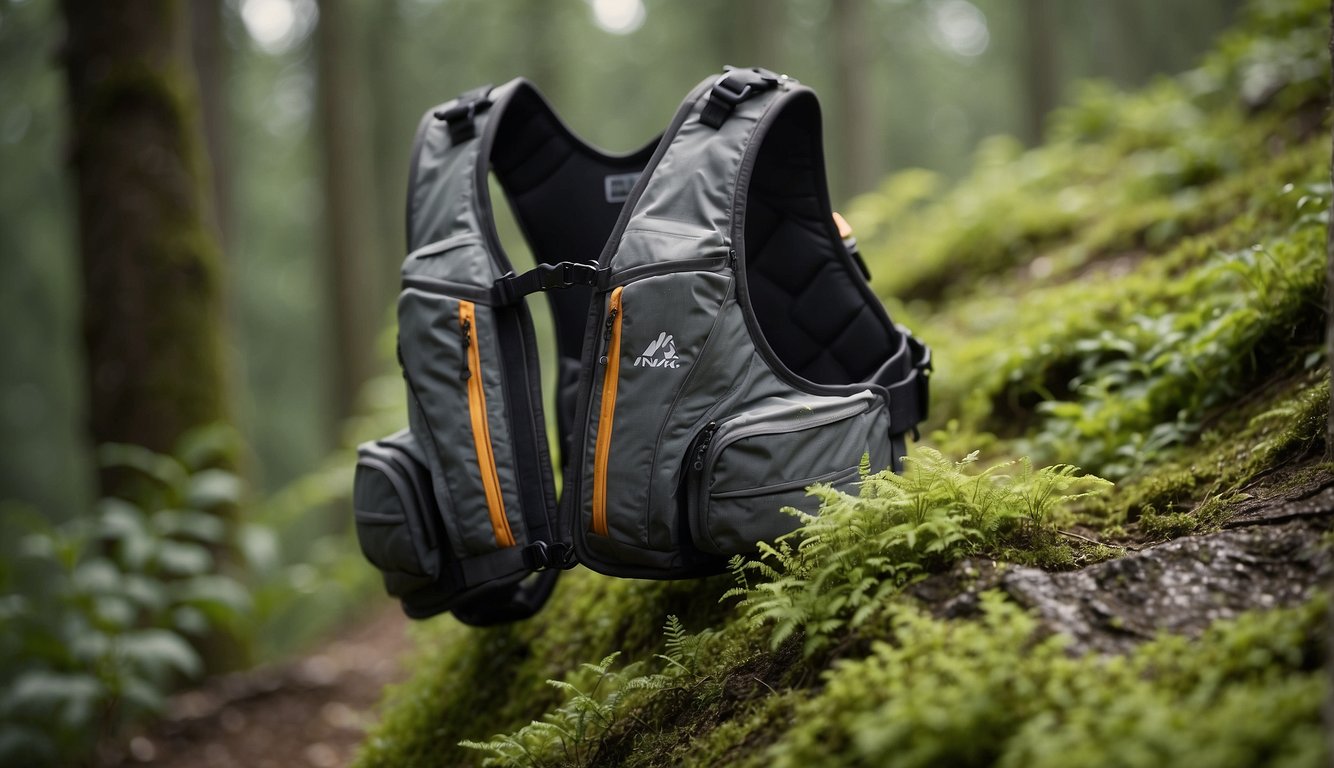
Material and Breathability
Selecting a vest made of breathable mesh or lightweight, moisture-wicking fabric ensures comfort during long runs. High-quality material contributes to a vest’s durability and comfort. A breathable hydration vest encourages air circulation, reducing the risk of overheating and maintaining comfort even as your activity level increases.
Comparing Storage and Accessibility
When selecting between hydration vests and handhelds for trail running, storage capacity and the ease of accessing gear mid-run are vital considerations.
Pockets and Organization
Hydration vests stand out for their ample storage. They often feature multiple pockets of varying sizes, designed to hold essential items.
A typical vest might have a zippered pocket suitable for securely stowing keys or credit cards, and a larger compartment that can easily manage a phone, jacket, or additional nutrition. This gear storage ability makes vests preferable for longer runs where carrying extra supplies is necessary.
Storage Capacity:
- Hydration Vest: Up to 12 liters
- Handheld: Usually no storage
Gear Storage:
- Hydration Vest: Can store jacket, food, and safety gear
- Handheld: Limited to small, in-hand items
Ease of Access During Runs
During a run, being able to access nutrition, hydration, and other essentials without breaking stride is crucial. Vests have accessible pockets that allow me to grab a snack or sip water effortlessly.
Meanwhile, handhelds—or a water bottle—can be gripped comfortably but generally offer negligible storage. However, some handhelds come with small pouches equipped for a key or gel, albeit much less than their vest counterparts.
- Accessible Pockets:
- Hydration Vest: Front-facing and easy to reach
- Handheld: Limited or no pockets
As a trail runner and UESCA certified running coach, my experiences inform these insights, ensuring you have the necessary information to make the best choice for your needs.
Analyzing Durability and Maintenance
When it comes to trail running gear, the resilience and upkeep of hydration systems are critical. As a running coach, I always remind my clients that choosing robust materials and understanding maintenance requirements will ensure longevity and reliability on the trails.
Quality of Materials and Products
Material Durability: High-quality, durable materials are key for hydration vests. The Salomon ADV Skin 12 Set is a prime example, constructed with long-lasting fabrics that withstand the rigors of trail running. The durability of a product like the Salomon is often reflected in its lifespan, sturdiness, and ability to maintain form and function.
- Hydration Vest Materials: Often made of ripstop nylon or polyester, which are both known for their resistance to tearing and abrasion.
- Reinforcement: Look for vests with reinforced stress points. These areas are designed to take extra wear and tear, indicating a thoughtfully designed product.
Note on Running Vests: While durability is paramount, runners should also consider a product’s weight and flexibility, ensuring it doesn’t impede movement.
Ease of Cleaning
Cleaning Regimen: A hydration vest’s maintenance needs can affect its durability. Easy cleaning is a must, as it encourages regular care and prevents material degradation.
- Bladder or Flask Cleaning: Using mild soap and warm water should suffice for most cleaning needs. Some vests’ bladders, like the ones in the Salomon series, are top-rack dishwasher safe, which simplifies the process.
- Vest Cleaning: Soft brushes and gentle detergents are typically recommended to prevent damage. Always follow the manufacturer’s cleaning instructions to avoid harming the materials.
Personal Tip: Post-run, I often advise airing out the hydration vest to prevent mold and odor buildup, further extending its usable life.
Considering Additional Features and Accessories
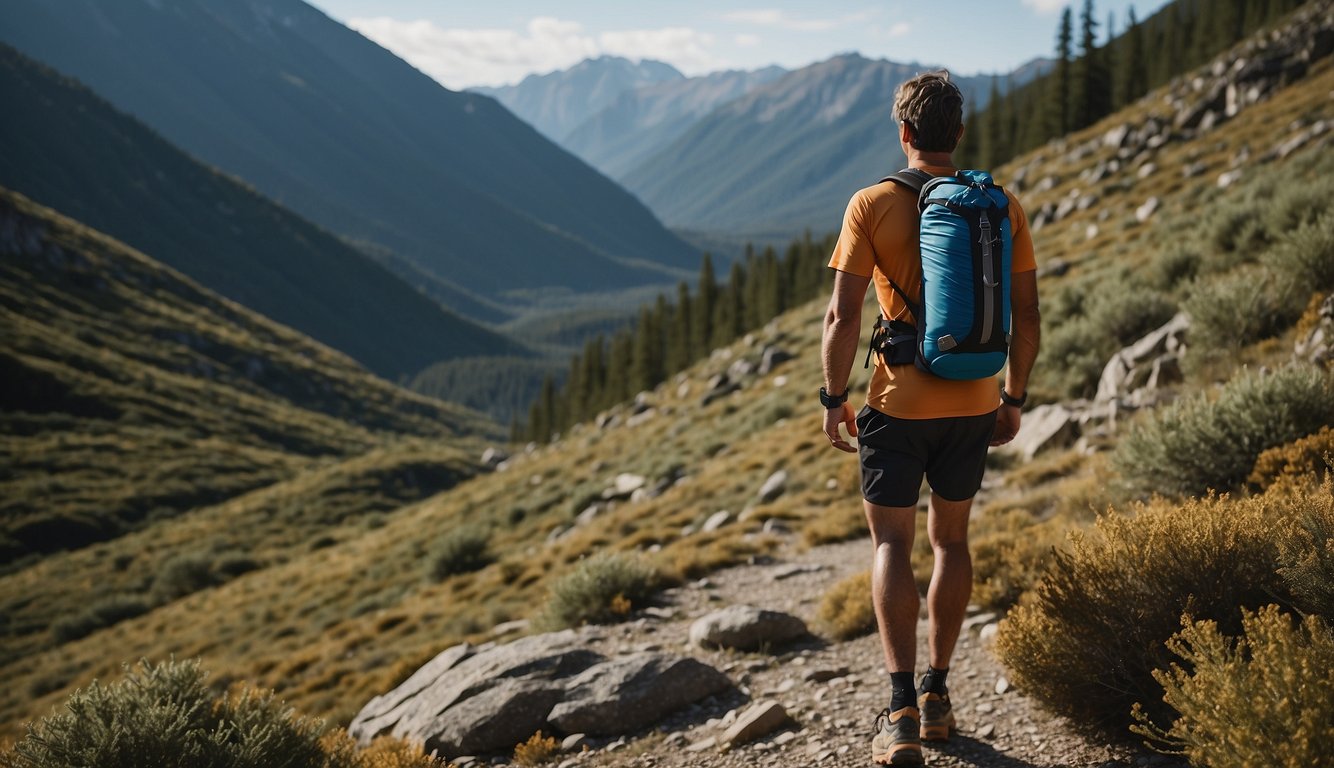
When selecting a hydration vest for trail running, additional features and the compatibility of various running accessories can significantly enhance your experience. These specific elements should cater to both convenience and necessity during long runs on the trails.
Compatibility with Running Accessories
My experience as a UESCA certified running coach has taught me that the integration of running accessories is a critical factor. Many hydration vests come equipped with trekking pole storage, which I find beneficial when the terrain gets tough and my clients need to stow their poles away. Look for vests that provide easily accessible pole storage loops or straps; this simple feature can keep your hands free and make your run smoother.
Removable straps may not appear as important, but they offer the flexibility to attach extra gear or remove unnecessary weight. Especially when training clients for races, adaptability in gear is key. Another detail to consider is a hydration vest’s bungee system, which often proves invaluable for securing rain jackets or other layers. These systems allow for quick and effortless access to your essentials without stopping.
Specialized Features for Trail Runners
For trail runners, certain specialized features in a hydration vest can make a difference. The hydration options available on a vest are diverse; some may include space for a large bladder, while others may cater to smaller flasks.
It’s up to individual preference, but I advise a system that balances weight and is easy to refill on the go. Some vests I recommend have dedicated pockets that are sized for flasks to help distribute weight evenly and maintain comfort.
Let’s not forget about the bungee system here too—it’s not just for stashing clothes. This stretchy cord can be adjusted for carrying additional water bottles or other necessities, ensuring you’re well-prepared for longer, unsupported runs. As a running coach, I emphasize the significance of having access to plenty of fluids, and a flexible bungee system can really help with that.

